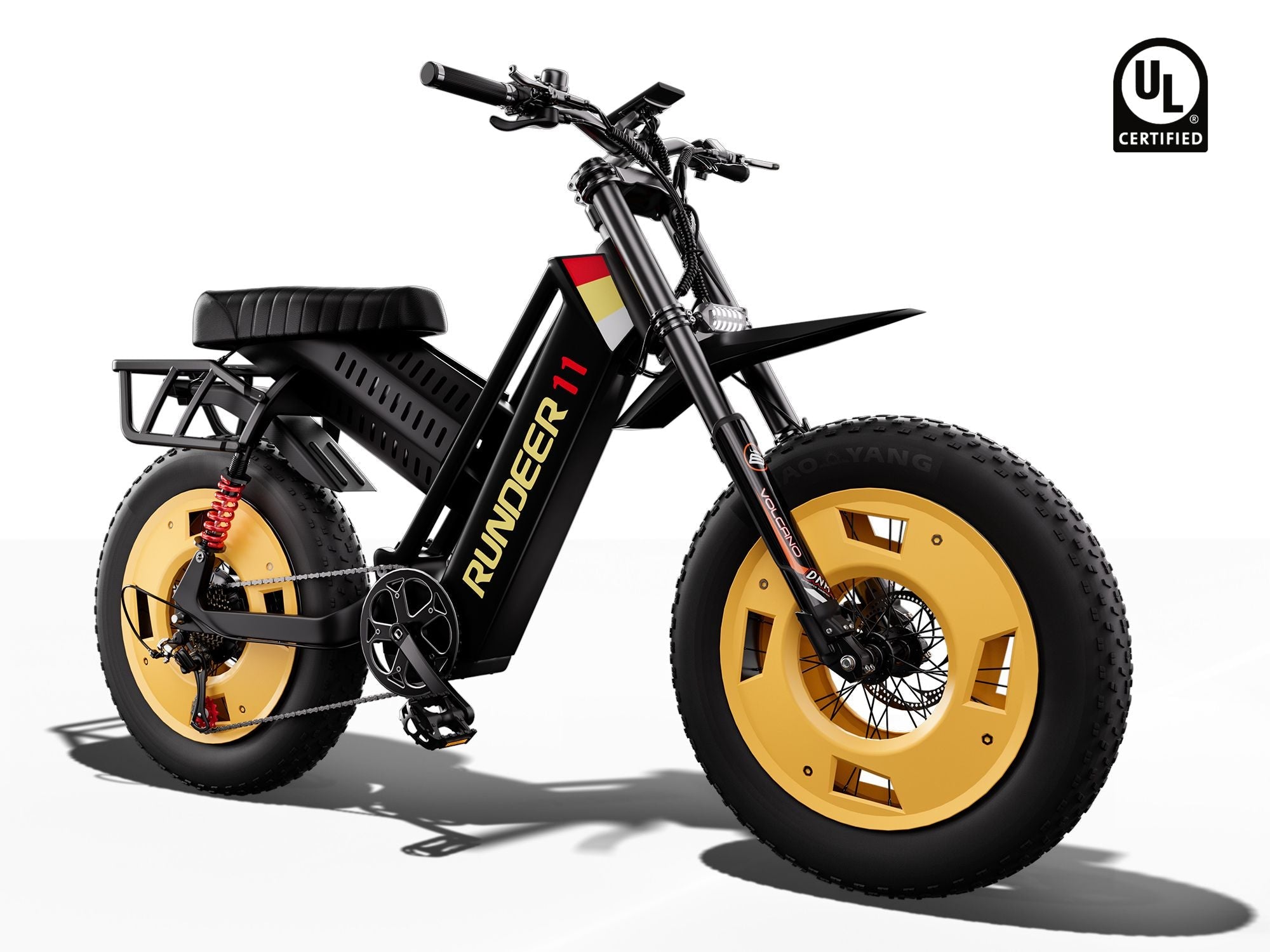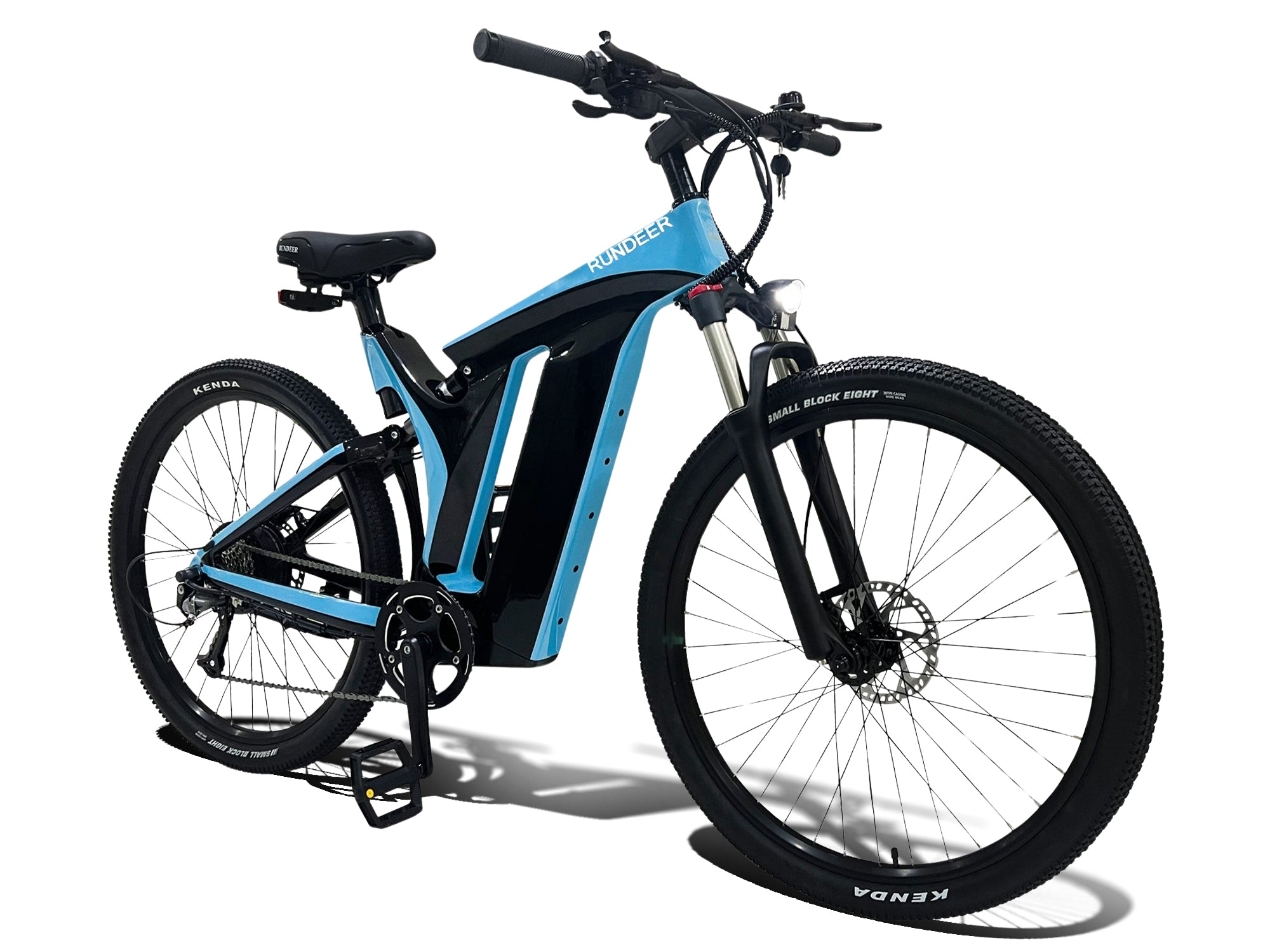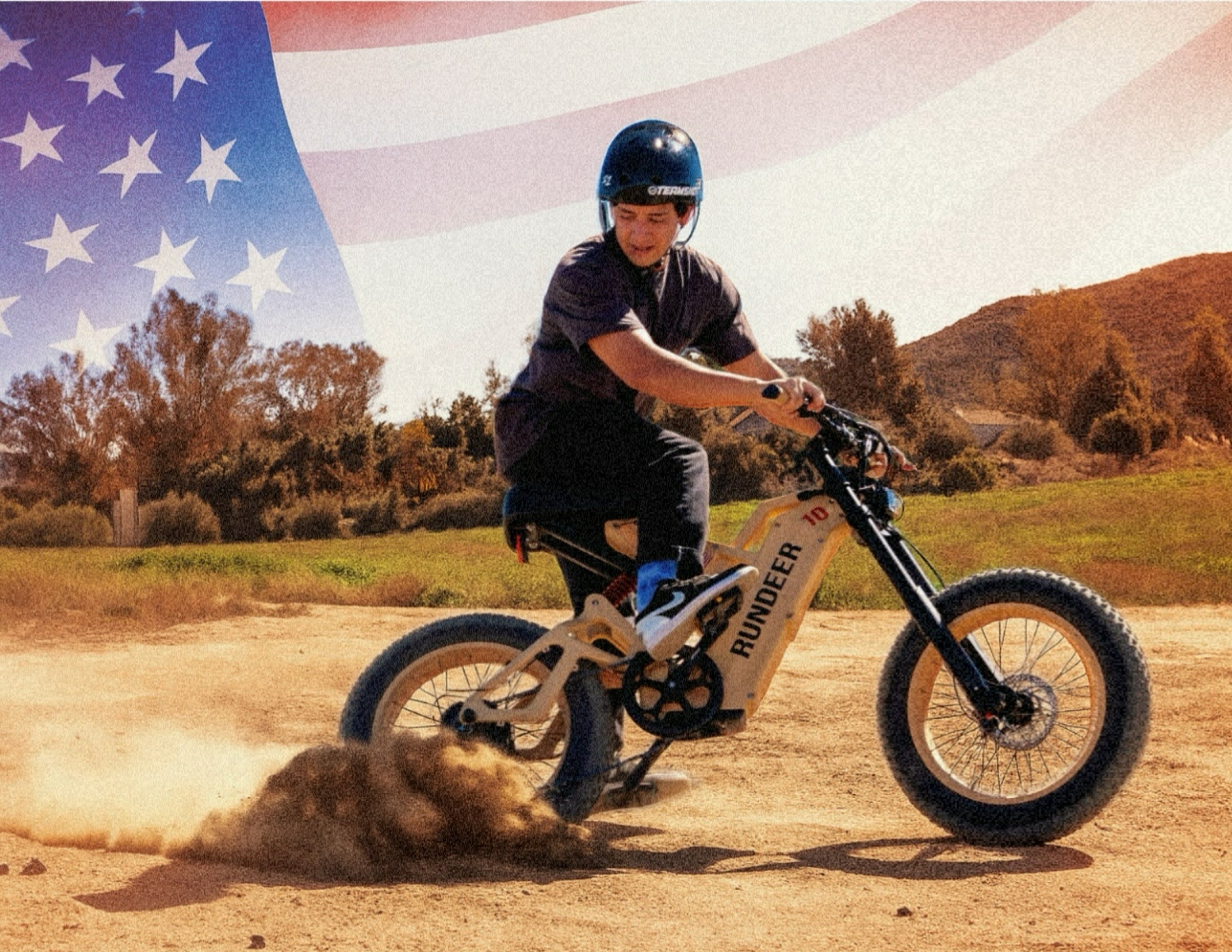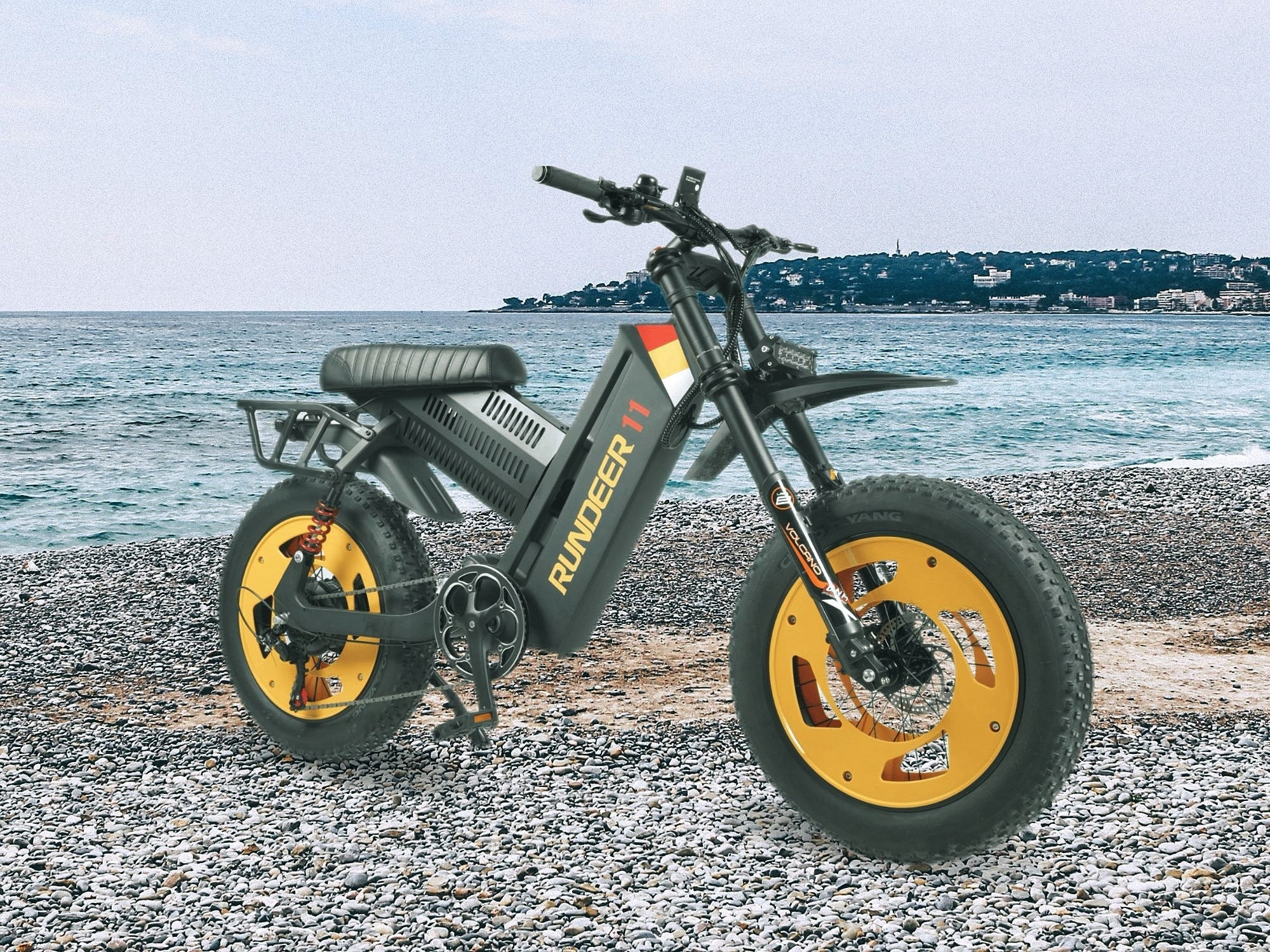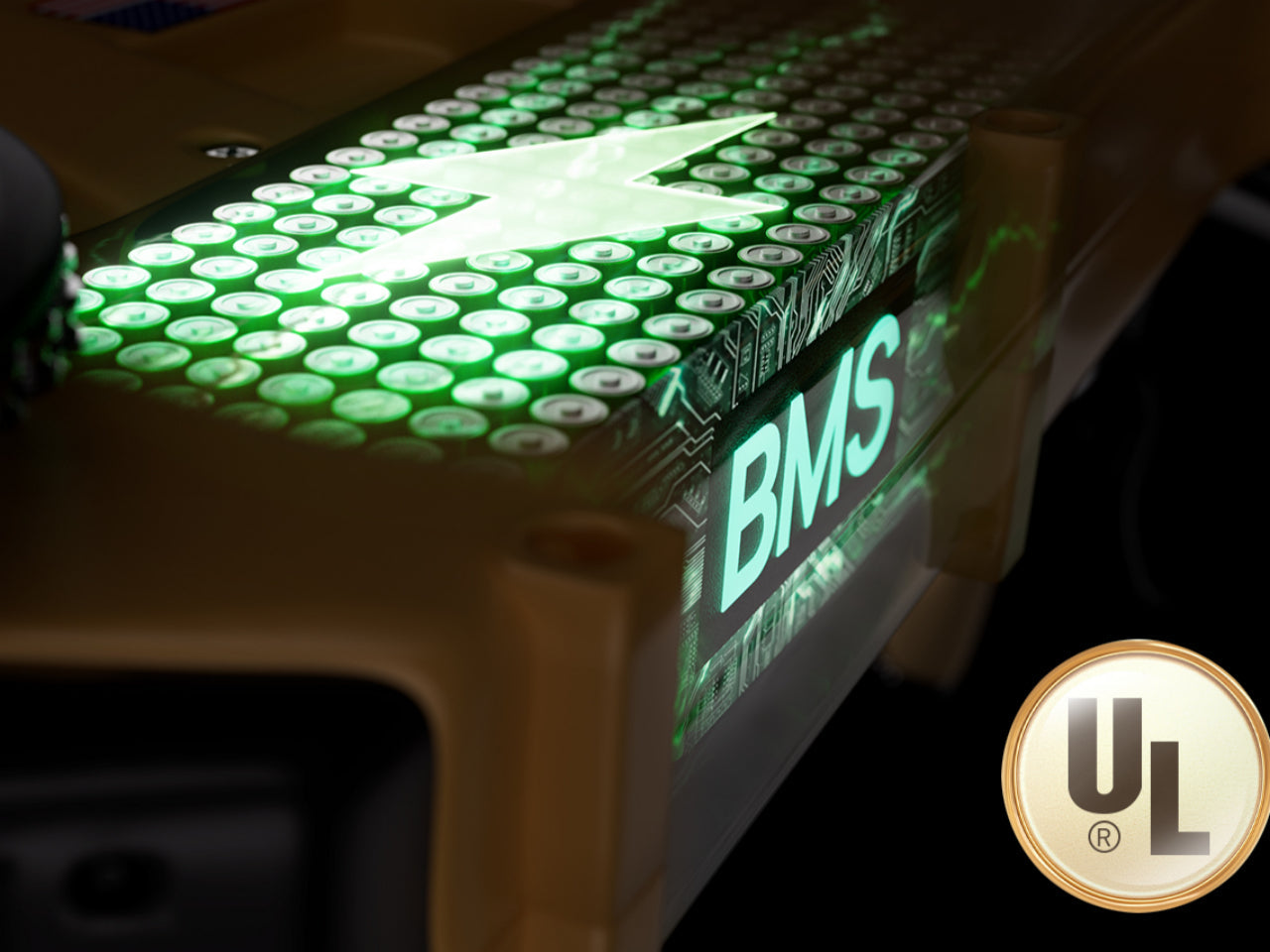Electric bikes are everywhere these days, but one question keeps popping up: do you need a license to ride one? The short answer is complicated. It all comes down to a mix of broad federal guidelines and the specific laws in your home state. We'll break down what you need to know to ride legally and worry-free, so you can focus on enjoying the journey.
What Federal Law Says About E-Bikes
On a national level, the U.S. government has set some basic ground rules to separate e-bikes from more powerful vehicles like mopeds and motorcycles. The Consumer Product Safety Act defines a "low-speed electric bicycle" as a bike with working pedals and an electric motor that’s less than 750 watts (W). The most important part of this federal law is that it created the three-class system that many states now use to categorize e-bikes.
This classification is the foundation for e-bike law in America, mainly for manufacturing and sales. Because federal law doesn't see these e-bikes as "motor vehicles," they aren't hit with the same tough national rules for registration, licensing, or insurance that apply to cars. Think of the federal law as the basic blueprint; states then take that design and add their own local building codes.
Why State Laws Matter More
The federal rules are just the beginning. It’s the individual states that have the final say on how e-bikes can be used on public roads, bike paths, and trails. This means the rules can change dramatically from one state line to the next. What’s perfectly legal in one part of the country might get you a ticket in another, so knowing the local regulations is essential for any rider.
States often use the federal three-class system as a starting point, tailoring it to fit their own communities. The three classes are generally broken down like this:
- Class 1: These e-bikes give you a boost when you pedal, but the motor cuts off at 20 miles per hour (mph).
- Class 2: These e-bikes have a throttle that can power the bike even if you aren’t pedaling, but the assistance also stops at 20 mph.
- Class 3: These bikes assist you as you pedal up to a top speed of 28 mph, making them the fastest of the three classes.
States decide not only which class definitions to use but also where each type of e-bike can go. For example, a state might allow Class 1 and 2 e-bikes on scenic, multi-use paths but require Class 3 e-bikes to stick to the road. One of the best features on many modern e-bikes is the ability to adjust the top speed. This lets a rider easily change their bike's settings to match the local speed limit, whether they’re on a city street or a suburban trail, ensuring they can ride legally just about anywhere.

So, Do You Need a License or Not?
The license question is where things can get confusing, and the answer depends entirely on where you live and what you ride. For the most part, if you're riding a Class 1, 2, or 3 e-bike in a state that uses the tiered system, you probably don't need a driver's license. The thinking behind this is that these bikes are much closer to traditional bicycles than motorcycles, so they shouldn’t be held to the same strict licensing standards.
Of course, this isn’t the case everywhere. A handful of states have put special rules in place for certain e-bikes. Some might require a moped license or a special permit to operate a zippier Class 3 e-bike. In other places, if an e-bike’s motor is more powerful than 750W or it can go faster than the state’s legal limit, it might be reclassified as a moped or scooter. That would automatically mean it needs a full driver's license, registration, and insurance.
On top of that, some states that don’t require a license might still have minimum age requirements, especially for anyone wanting to ride a faster Class 3 model. A few states even require registration and a license plate, treating e-bikes more like cars. This variety of rules really highlights why every rider needs to get familiar with their local laws.
Checking Your State's E-Bike Rules
With so many different regulations, there's no single answer to the license question that applies to everyone. The laws are entirely dependent on your location. Your best bet is to check the latest information from your state's Department of Transportation (DOT) or Department of Motor Vehicles (DMV).
Generally speaking, many states are ahead of the curve and have passed clear laws based on the three-class system, making these e-bikes exempt from license and registration rules. Places like California, Colorado, and Utah are often pointed to as examples of states with well-defined e-bike laws. If your e-bike fits into Class 1, 2, or 3 in one of these states, you’re usually good to go without a driver’s license.
On the other hand, some states have been slower to create e-bike-specific laws, which can put riders in a legal gray area where their e-bike might fall under old rules for mopeds, potentially triggering a license requirement. It’s always the rider’s job to check. Websites for state governments and bicycle advocacy groups are great resources and often have maps that lay out the e-bike laws for all 50 states.
What Triggers a License Requirement?
So what makes a state decide you need a license? It usually boils down to a few key details about the bike itself. These factors help officials sort e-bikes into different categories and apply rules designed to keep everyone safe.
The bike's class is the biggest factor. The difference between Class 1, 2, and 3 is a big deal for regulators. A Class 3 e-bike's higher speed of up to 28 mph is often why some states treat it differently, sometimes requiring riders to be older or have a special permit. The throttle on a Class 2 e-bike can also be a factor, but it's less common for that alone to require a license.
The motor's power is another critical piece of the puzzle. Federal law caps an e-bike motor at 750W. If a bike's motor is more powerful, most states will no longer consider it an e-bike. It gets bumped into the moped, scooter, or even motorcycle category, which comes with all the standard licensing and registration rules. Top speed works the same way. If an e-bike can help you go faster than the 20 mph or 28 mph limits, it's no longer legally an e-bike and falls under different rules.
The Risks of Riding Unlicensed
Riding without the right license where it's required isn't something to brush off. Police are becoming more familiar with e-bike laws and are ready to enforce them. The penalties change from state to state, but they can be serious enough to make you think twice about breaking the rules.
The most common consequence is a fine, which can run from a small amount to several hundred dollars. In some areas, getting caught more than once means bigger fines. Beyond the hit to your wallet, you also risk getting your bike impounded. That’s a major hassle, and you’ll be on the hook for towing and storage fees to get it back.
In more serious situations, like if an unlicensed rider causes an accident, the legal troubles can get worse. This could mean points on your driver's license or even criminal charges if someone gets hurt. It’s also important to know that if you’re in an accident while riding illegally, your insurance company might refuse to cover any of the costs.
Getting an E-Bike License if You Need One
If you find out your state does require a license, don't sweat it. The process is usually much simpler than getting a full driver's license. The first thing to do is check the website for your state's DMV or a similar agency to see exactly what you need to do.
You'll likely need to fill out an application, which you can often find online or at a DMV office. You’ll also have to show proof that you own the e-bike, like a bill of sale. There’s almost always a fee to pay, but the amount varies.
For some e-bikes, especially more powerful or Class 3 models, you might have to pass a written test on traffic laws and e-bike rules. A vision test could also be required. Once you've checked all the boxes, you'll get your permit, license, or registration sticker, and you'll be ready to ride legally.
More Than Just Licenses: Other E-Bike Rules to Know
A license isn't the only thing to think about. States also have rules on helmets, age limits, and where you can actually ride your e-bike. Helmet laws are very common. Many states require them for riders under a certain age, and some make them mandatory for anyone on a Class 3 e-bike, no matter how old they are.
Age limits are another key regulation. It’s common for states to say you have to be at least 16 to ride a Class 3 e-bike, and there might be age minimums for other classes, too.
Finally, the rules about where you can ride are incredibly important. These can be very specific, with different permissions for each class of e-bike. Typically, Class 1 and 2 e-bikes are welcome on bike paths, while Class 3 models are often limited to roads and on-street bike lanes. But cities and towns can have their own local rules, so it’s always smart to check the regulations for the specific parks and trails you plan to visit.

Ride Smart, Ride Legal
At the end of the day, being an informed rider is your ticket to enjoying your electric bike without any hassle. The laws can seem tricky, but a quick check of your state's rules is all it takes to avoid fines and ride with confidence. Know the regulations for your area, stay safe, and most importantly, enjoy the ride.

